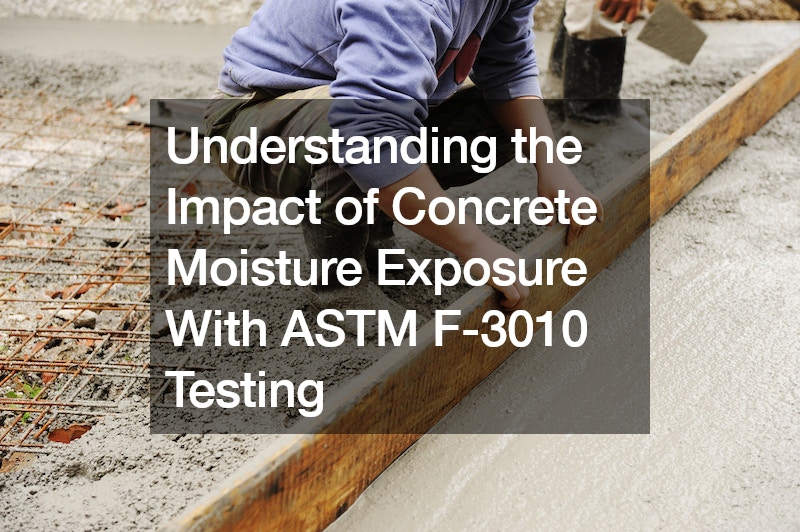
When making concrete, water is always a vital component. Moisture, a by-product of water, ensures the concrete attains its strength while drying. While moisture could be an essential component, it could also become a destructive element when in excess. As such, to overcome the challenges that moisture imposes on concrete, ASTM F-3010 testing has since been adopted to mitigate strength and safety risks, as discussed in the video.
Some sources of excess moisture in concrete are poor ventilation, leaks, poor drainage, high humidity levels, moisture rising from beneath the slab, and failure to install a vapor barrier.
Now, despite these sources, ASTM F-3010 testing, which comprises the application and performance of a two-component resin-based membrane, works to form a moisture mitigation system for high-moisture concrete substances before installing resilient flooring.
If concrete exposure to moisture isn’t mitigated earlier, it could manifest in higher risks. These risks include increased space between cement grains, a rise in pH levels compromising adhesive bond and strength, and microbial growth.
As such, handling problematic moisture in areas lacking proper ventilation and climate control is prudent.
Take Away
Remember, adopting ASTM F-3010 testing offers seamless humidity and temperature control as well as moisture content monitoring. That way, it guarantees the concrete’s strength and safety.
.





